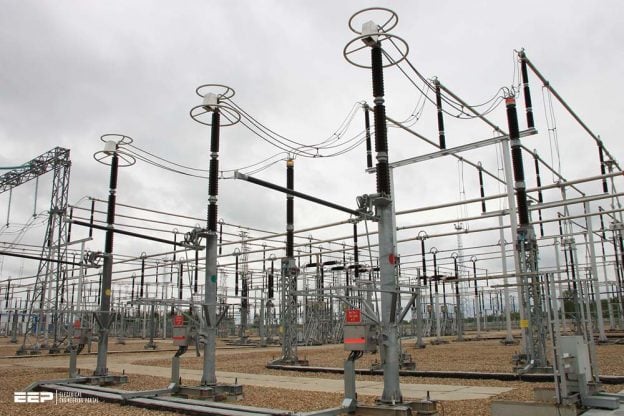Course Description
Power system protection and control ensures the reliable continuous operation of power systems and is, therefore, an important area of power engineering. In this course, you will learn about the principles of busbar protection and the different protective elements used to protect substation buses.
We will begin the course by giving a brief review of the different types of substation bus arrangements typically found in power systems to understand why and how to protect them from faults and abnormal operating conditions.
In a significant amount of detail, we will then discuss all the protective elements used in the industry to protect substation buses. These include current differential (87) and high-impedance voltage differential (87V). The course ends with explaining how an SEL-487B protective relay can be used for the protection of a substation bus.
Course Overview
- Protection of substation buses
- Use of different protective elements for substation bus protection, such as current differential (87) and high-impedance voltage differential (87V)
- How to use the SEL-487B protective relay for protecting substation buses
Who Is This Course For
- Practicing power system engineers
- Electrical engineering students planning on pursuing a career in power engineering
- Anybody with an interest in learning about power systems and power engineering
Requirements
- Understanding of power system analysis
Downloadable course materials
After purchasing the course, students can download the following documents:
- Busbar Protection Course Outline (PDF)
- Example of Bus Arrangements (PDF)
- Example of Single-Line and Three-line Diagram (PDF)
- Project Resources - SEL-487B Protection Relay (ZIP)
Course Content
About Instructor



